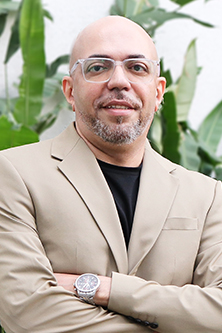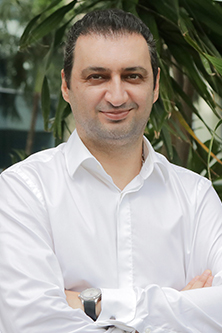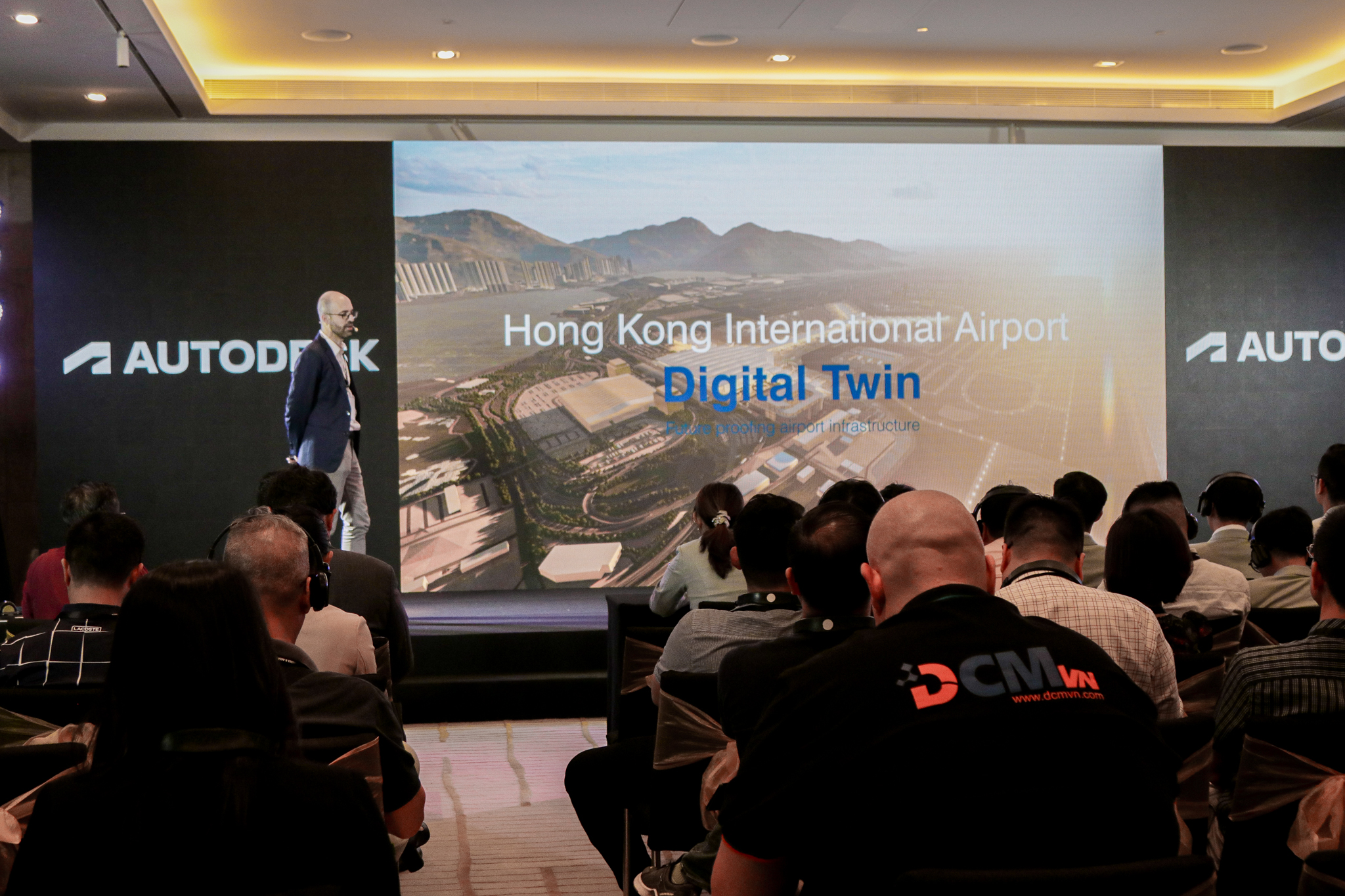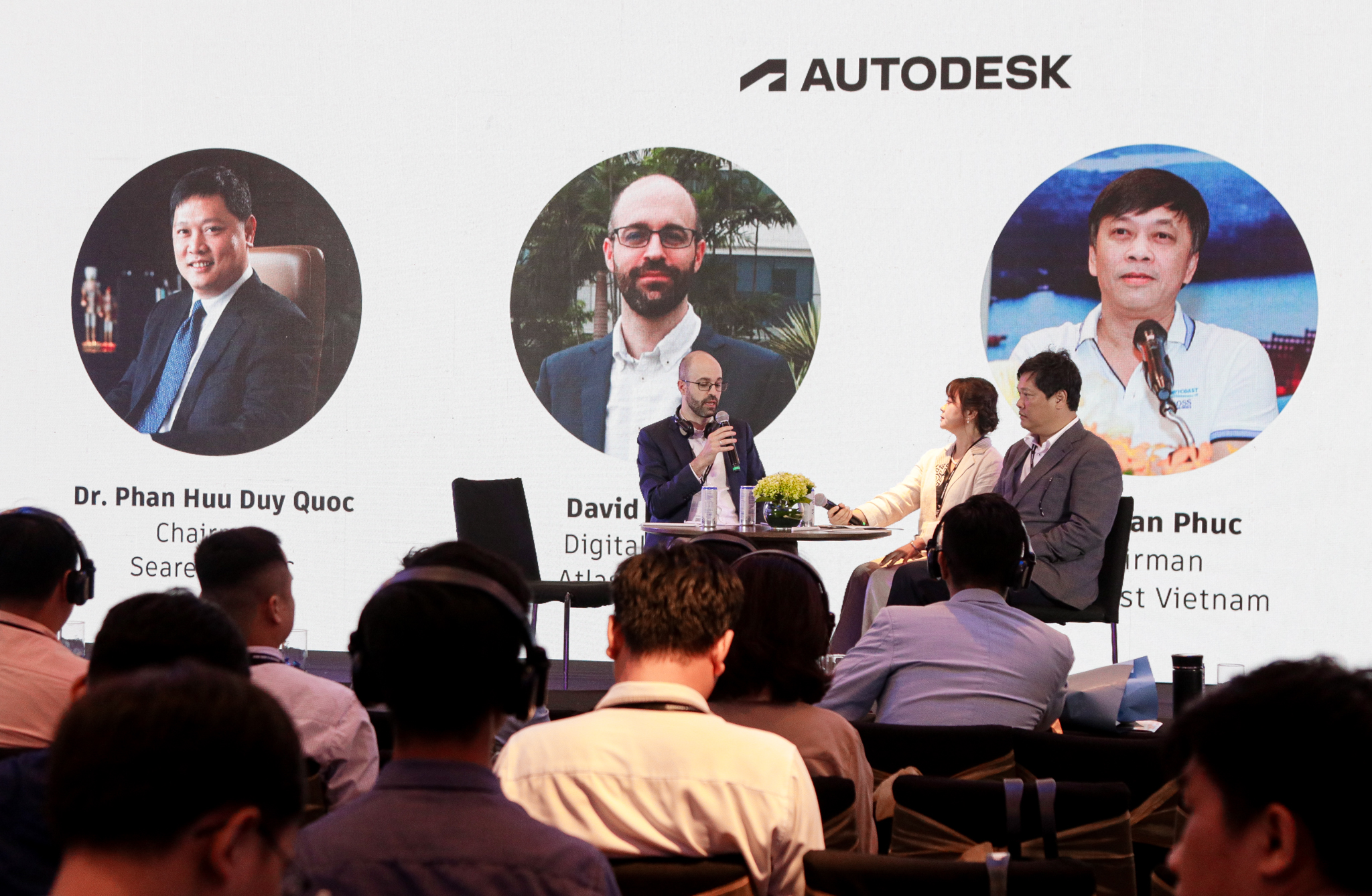The evolving demands of healthcare design

The design demands of healthcare real estate are evolving. Whether building a new facility from scratch or overhauling a dilapidated community facility, the shift from medical-centred to patient-centred design has begun.
As the population ages and technology advances, standing still when it comes to designing efficient, flexible and welcoming healthcare facilities simply isn’t an option.
Add in the need to meet sustainability requirements, provide climate resilience and incorporate the importance of wellbeing, and the challenge becomes even greater.
Here we explore how architects and commissioning healthcare professionals can work in partnership with digital design specialists to deliver a different kind of environment for both patients and staff. One that’s centred on people to promote quicker healing, improved morale and ultimate flexibility.
Collaborate for design success
Regardless of location, hospitals, clinics and drop-in centres should be welcoming to patients, visitors and healthcare workers.
The aim of modern design is to create a calm environment that supports healing and reduces both stress and medical dependence. An approach that makes patients more comfortable and allows staff to do their job more effectively.
Achieving this ideal standard relies on bringing together experienced healthcare professionals and experienced design professionals, including architects and digital delivery experts.
Working collaboratively helps to fill any skills gaps, e.g. a commissioning healthcare team may not have anyone in-house to manage specific tech such as BIM. Step forward specialists who can effortlessly use BIM to drive and coordinate projects.
Design professionals can also share their knowledge of how a beautiful building must first respond to the needs of those who use it. As we know, beauty without function has no purpose.
Understanding design trends and demands
All parties involved in a project should get to grips with what design features need to be incorporated to create the ideal healthcare facilities. Understanding what benefits they bring will help facilitate stakeholder buy-in and deliver a successful outcome.
Increasingly, successful healthcare design centres on the following principles: flexibility, people-centricity, tech as standard, resilience and sustainability.
Incorporating these requires buy-in from all parties. A job made easier when you can build a project in the digital world first.
Using transformative tools
Increasingly, healthcare organisations are turning to design to deliver environments that can support wellbeing for all and boost operational efficiency.
To achieve this transformation, architects, engineers, healthcare professionals and designers need to work flexibly and collaboratively.
Step forward tech such as virtual reality (VR). This planning and visualisation tool is priceless when it comes to engaging clients and stakeholders. VR can be used to create a 3D walk-through model of any healthcare facility, bringing cutting-edge designs to life.
With VR headset technology, the project team can virtually walk through a building floor by floor, leading to more informed decisions. VR can showcase where handrails can be most conveniently positioned on walls, where planting can soften a clinical area and where windows should ideally be placed.
And embracing BIM means project teams will always have an up to date 3D model of plans, making design testing and tweaking straightforward for all.
Whatever your healthcare design project, partnering with a digital design specialist lets you give commissioning teams a unique insight into the overall vision. They’ll focus on accuracy and detail, helping all parties to collaborate and share information.
Work together and you can deliver a welcoming, modern, tech-enabled healthcare facility on-time, on budget and on brief.
Integrate the experts at Atlas into your design team and introduce global best practice to your project.

.png)




